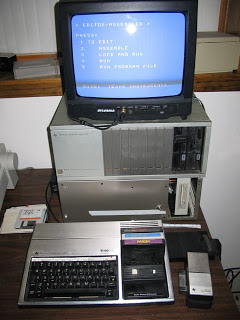TI99
Modems
02/03/06 18:00 Filed in: Computer
| thursday, 02 march 2006 18:00 |
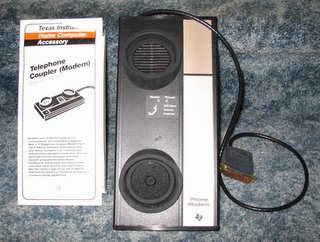
TI99 CF7+
03/05/10 13:22 Filed in: Computer
| I have a couple of new additions to my old TI99 computer systems in the last week [May 2010]. First, I now have 10 reconfigured cartridges that include brand new circuit boards with a 64k EPROMs. These were developed, manufactured and distributed by members of the international |
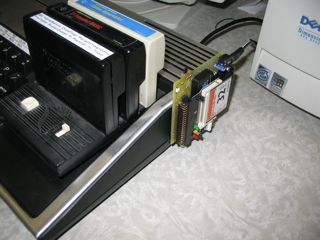
TI99 Update
28/06/09 18:00 Filed in: Computer
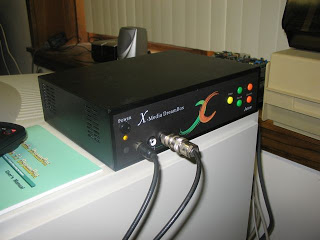
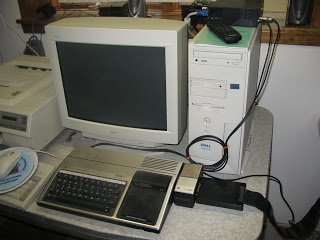
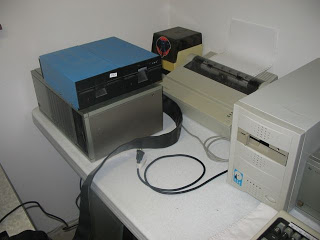
TI99 Computer
09/03/06 18:00 Filed in: Computer
| TI-99/4A Home Computer |
